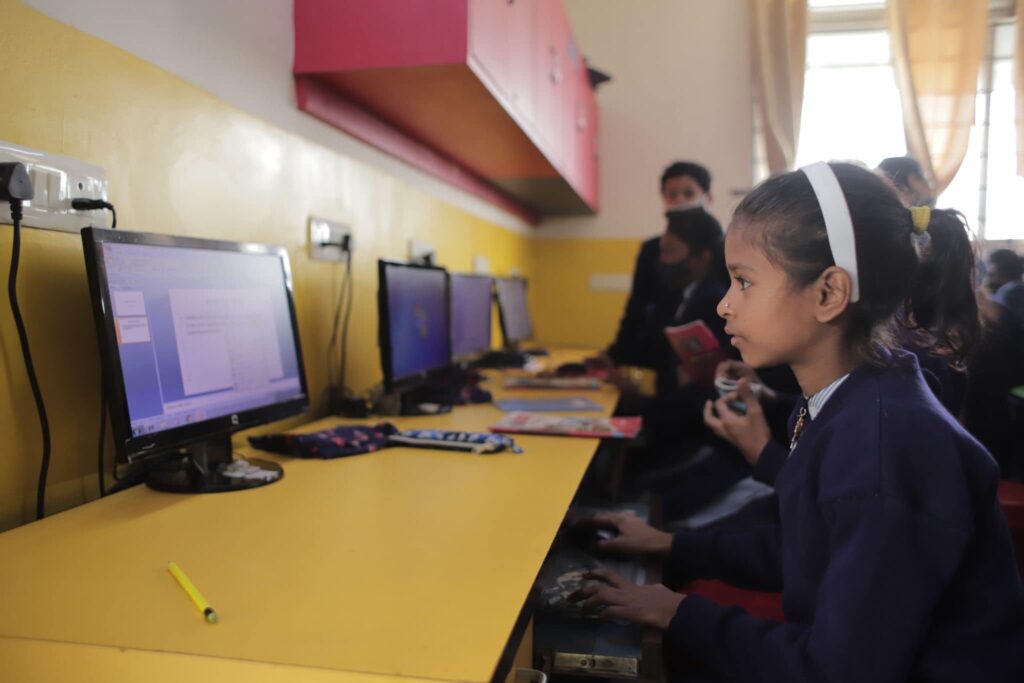STEM is a well-known concept in education these days. Experts and educators swear by the four pillar of Science, Technology, Engineering, and Mathematics. However, for the holistic development of a pupil, a greater sense of creativity and personalization is required. Thus enters STE(A)M. This is the addition of Arts along with STEM learning. STEAM education can ensure a better rounded approach to a child’s education. However, STEM vs STEAM has been a long battle that continues.
Individually, STEM and STEAM are not new concepts. One could describe them as ways of understanding and integrating form of learning that resembles real life. Instead of teaching math as separate from science, they can be taught together in a way that shows how the knowledge from those two fields compliment and support each other.
STEM vs STEAM: How are they different?
The main difference between STEM and STEAM is the way of approaching scientific concepts. While the focus of STEM is on hard scientific skills, STEAM makes used of both hard and soft skills to solve problems.
STEAM encourages collaboration to understand a STEM concept. An example of this is as follows. One can deepen their understanding of science or math by using STEAM tools such as data visualization. Applying this out-of-the-box thinking leads to emergence of new ideas and products. It also makes it easier to understand complicated data sets by using understandable formats.
Similarities between STEM and STEAM
Integration is the key in both STEM and STEAM. In both STEM as well as STEAM, the disciplines are not taught individually by themselves—rather the focus is on holistic, well-rounded teaching and learning. In some ways, both these ways of understanding are relevant to our daily lives and work. To come up with the solution to any problem, we factor in various parameters and think of the problem as a whole. The same goes for STEM and STEAM.
In the practical world, we need a range of skill sets for work as well as personal life. All these skills when woven together create a skilled individual.
Why STEAM is becoming popular?
STEAM curriculum includes a study of the humanities, languages, art, new media, and so on. If one can master any of these subjects, along with their knowledge of STEM, they can go a long way in their professional lives. As per a LinkedIn report from 2018, 57% of senior leaders value soft skills over hard skills.
Incorporating the ‘A’ with STEM education also makes learning more fun and helps in keeping children engaged. They are able to bring a personal expression to their academics.
STEAM only works towards enhancing STEM, not taking anything away from it. It inculcates a greater sense of creativity in the student, preparing them for a vast number of job opportunities in the future.
Goal of STEAM learning
It is important for children to learn that they do not have to be either creative or analytical—they can be both! STEAM learning does precisely this. It teaches young people to use both sides of their brain to solve any problem they come across.
A STEAM-based learning model can ensure better preparedness for students who will enter the workforce tomorrow, regardless of role or industry.










One reply on “STEM vs STEAM education: A battle of mind vs matter?”
Nice explanation